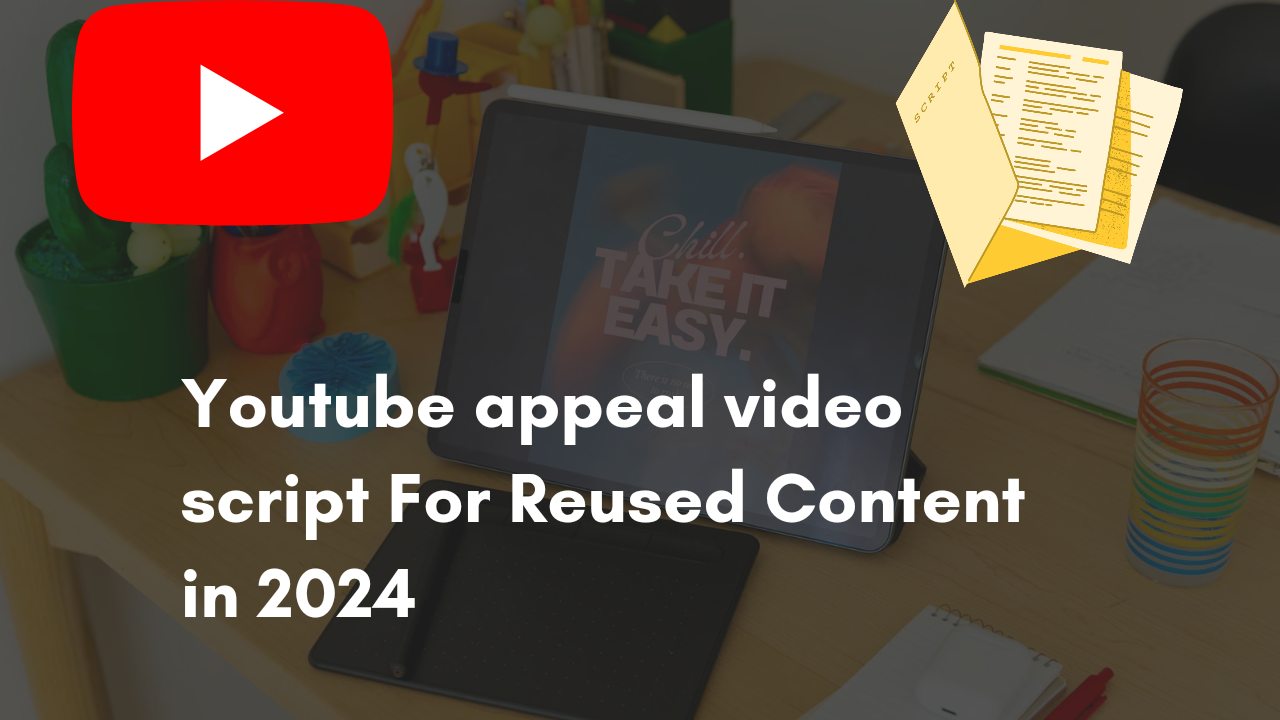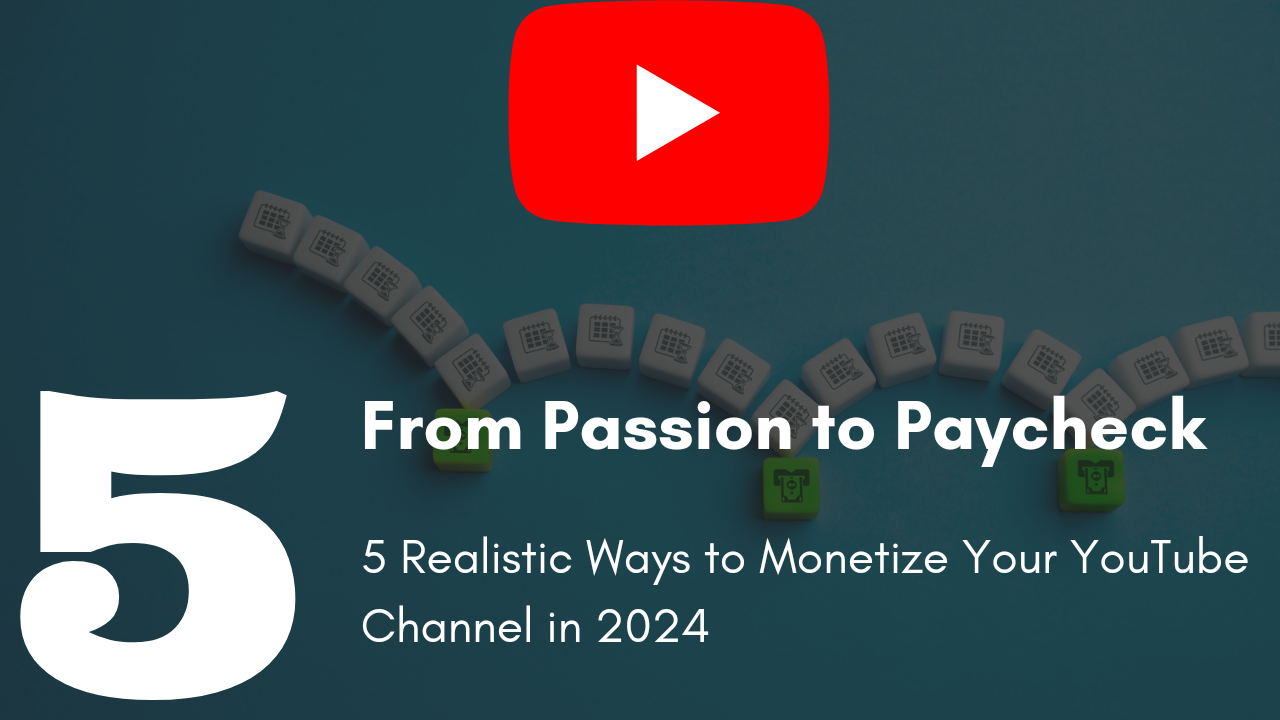YouTube and the Law: Copyright, Fair Use, and Protecting Your Content

Navigating legal issues like copyright and fair use can be confusing for YouTube creators. But understanding the law is key to protecting your channel. An unintentional copyright strike or lawsuit hurts your brand and revenue.
Here’s what YouTubers need to know about safely using copyrighted material and defending your own content:
YouTube Content ID and Copyright Strikes
YouTube scans all uploads against a database of copyrighted material using Content ID. If a match is found, the copyright holder can block the video or monetize it themselves.
Three copyright strikes from multiple rights holders will lead YouTube to terminate your channel. Strikes expire after 90 days.
Qualifying Content Under Fair Use
Fair use legally permits using select copyrighted material without permission under certain conditions. Your use must transform it new ways that benefits society.
Commentary, criticism, news reporting, parody, and education are common fair use defenses. But substantial transformations are required, not just reposting.
Seek Direct Licensing Deals
When unsure if your use qualifies as fair, seek permission directly from the copyright holder. Many allow legal use by sharing ad revenue in exchange for a license.
This keeps you protected while still featuring copyrighted content. Just document permissions to dispute any mistaken claims.
Disputing Invalid Copyright Claims
If you get an erroneous copyright strike or block on fair use grounds, you can dispute the claim providing your rationale. YouTube will alert the claimant who must then prove validity.
Having clear fair use justification makes the process easier. YouTube tends to eventually side with creators unless evidence shows otherwise.
Avoid Background Music Without Rights
Never include popular songs as background music in videos without acquiring proper sync licensing. Music labels aggressively monitor YouTube for unlicensed use.
Stick to free royalty-free music sources instead. Copyright music often gets detected even if not prominently featured.
Trademark Law and Titles
Beyond copyright on content itself, trademark law governs usage of brand names, logos, products etc. Only use trademarked names where clearly needed for commentary/criticism purposes.
And avoid emulating another channel’s video titles and branding too closely. This protects original creators against imitation.
Registering Your Own Copyrights
Copyright exists automatically on original creations like video content, characters, and scripts. But officially registering copyrights expands legal protections.
It also allows recovering damages and attorney fees from infringers. U.S. registrations cover content globally.
While intimidating, educating yourself on intellectual property law is essential for every YouTuber. Following best practices minimizes headaches and helps your channel thrive safely. Just stay vigilant – copyright issues can arise at any point as your audience scales.
Inspiring Stories of Successful YouTubers Who Beat the Odds
The History of YouTube: From Humble Beginnings to Global Phenomenon
YouTube Mythbusters: Debunking Common Creator Misconceptions
What other legal tips do you find helpful for protecting your content on YouTube? Share your thoughts below!



